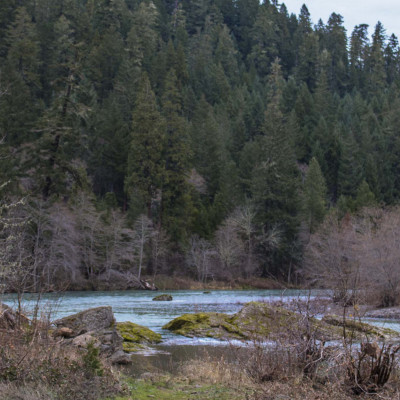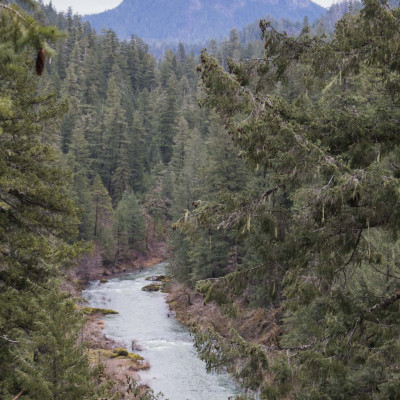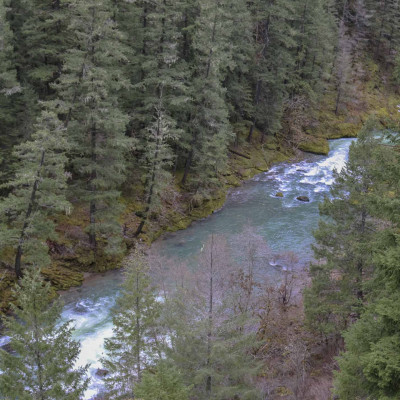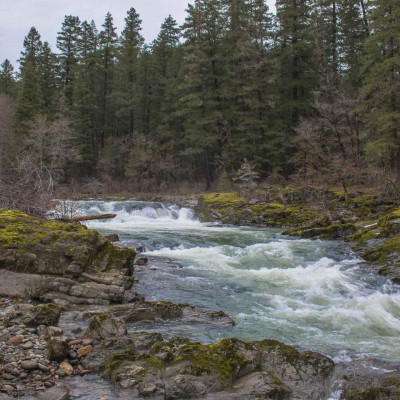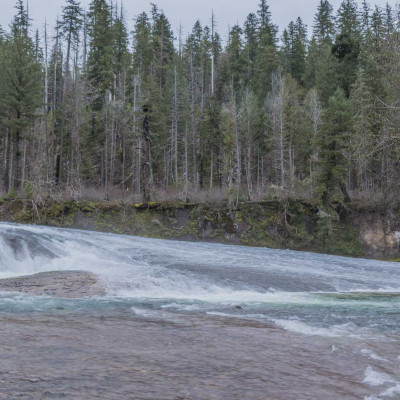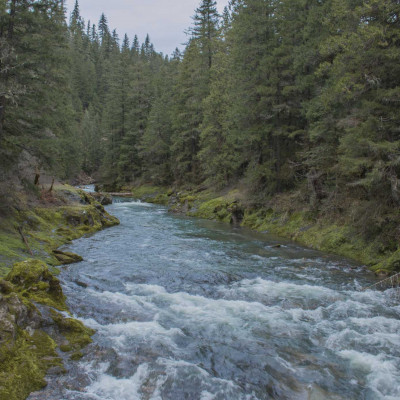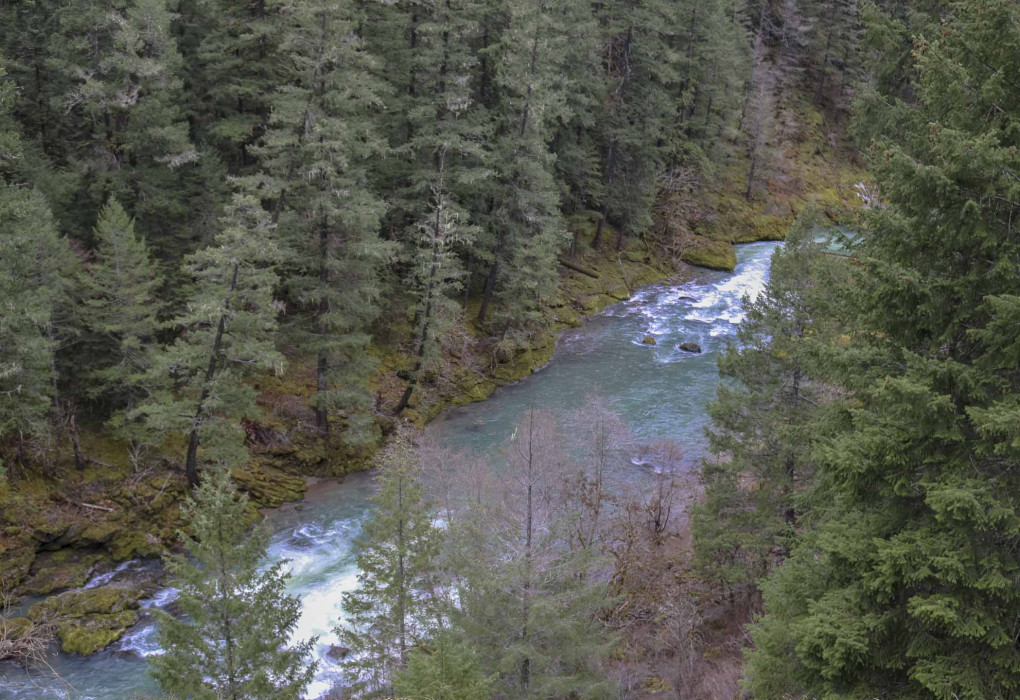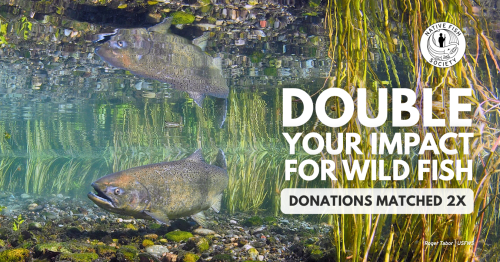South Umpqua Nominated!
Oregon is home to a wide selection of fine rivers. In honor of these special places, the Oregon Parks and Recreation Department, by way of direction from the governor, has revitalized Oregon’s State Scenic Waterways Act and is currently in the process of selecting candidates to study for this biennium’s designation.
About Oregon’s State Scenic Waterways Act
The State Scenic Waterways Act can be seen as a counterpart to the Federal Wild and Scenic Rivers Act, which seeks to strike a balance between protecting the state’s natural resources and scenic diversity of its waterways, while still supporting the needs of riverbank property owners. Essentially, the state act codifies the recreational and aesthetic values of a waterway and prevents future hydropower development and certain types of activities within a quarter mile buffer of the designated reach.
Originally passed into law in 1970 by a wide 2:1 public vote through a ballot initiative, Oregon’s State Scenic Waterways now cover 22 river segments totaling 1,178 miles of the state’s most beloved rivers, including sections of the John Day, Deschutes, North Umpqua, and the recently added Chetco and Molalla rivers.
In 2014, then Governor Kitzhaber and the state legislature directed the Oregon Parks and Recreation Department to begin a new approach to designate State Scenic Waterways, and the department is now required to review three river segments every biennium for inclusion into the Scenic Waterways program.
River Segments are eligible for designation if they meet the following criteria –
- Free-flowing nature of the waterway;
- Scenic quality, as viewed from the river; and
- Natural and recreational resources, including the ability of the waterway and its setting to sustain recreational use.
South Umpqua River Nominated!
Starting in early 2017, after a preliminary process to determine eligible river segments, the Oregon Parks and Recreation Department has narrowed a list to three river segments, and one of which is the upper South Umpqua River, homewaters of longtime Native Fish Society River Steward, Stan Petrowski.
When asked about the nomination Stan reports, “the South Umpqua River is a place of unique cultural and biological value. Most of the geographic area contains some of the last stands of old growth forest in the contingent 48 of the United States. The upper South Umpqua and its tributaries also add to the incredible complexity of life in the region. Steelhead, spring and fall Chinook salmon, sea-run cutthroat trout, and coho salmon migrate 210 plus miles inland to their ancient spawning and rearing habitat here.”
In addition, Stan noted, “The botanical and biological diversity of the region are considered repositories of seeding for the natural world during climatic changes over geological time. Much of this diversity is related to the confluence of several geological and ecological zones that converge in this area. The northern tip of the Klamath geological province, the Western Cascades and High Cascades all meet and contribute to the character of the watersheds. Likewise, the Inland Siskyous, Umpqua Cascades and Southern Cascades ecological zones show their influence in the area, which all contributes to a plethora of botanical and biological diversity.”
Native Fish Society looks forward to working with the Oregon Parks and Recreation Department and our partners to study the South Umpqua River as a candidate for inclusion into Oregon’s hallowed State Scenic Waterways list.
This designation will help protect the wild, native fish of upper South Umpqua. The South Umpqua is considered a Tier 1 watershed basin supporting vital populations of rare and threatened salmon runs. A classic example is the South Umpqua Spring Chinook salmon, which supported annual runs with thousands of “Springers”. On average, this run now averages 120 individuals that return to their natal pools, many of which are located throughout the proposed segment, to over-summer before Autumn spawning. In addition, the mainstem South Umpqua and its tributaries are utilized for spawning by the federally listed as threatened, coho salmon.
Finally, the importance of the South Umpqua River to Native Americans in the area cannot be understated. For thousands of years, Native Americans gathered near this segment of the upper South Umpqua River. To this day, Umpqua Tribes meet during the month of July for their annual Pow Wow. The abundance of food, mild climatic conditions and traditional cultural ceremonial practices caused this area to be considered sacred.
The State Scenic Waterways Process
Oregon Parks and Recreation Department staff periodically studies candidates for the program as per ORS 390.855. The Department submits recommendations to the governor through the Oregon State Parks and Recreation Commission and Water Resources Board.
Studying candidates is a year-plus long process and doesn't automatically mean a waterway will be recommended for designation. After determining whether a waterway is eligible for the program, there will be thorough conversations with communities and landowners along each river segment that is being considered before writing the eligibility report and sending it, along with the department’s recommendation, to the Governor in early fall 2018.
The Parks and Recreation Department has narrowed a list to 3 rivers and segments as candidates to begin the process for potentially designating these river segments as Scenic Waterways and will review these candidates for more study on a possible recommendation to the governor:
- South Umpqua River (Castle Rock Fork to Tiller, approximately 27 miles)
- Nehalem River (Spruce Run Campground to Nehalem Falls, approximately 15 miles)
- North Santiam River (Wilderness boundary to Bruno Mountain Road, approximately 20 miles)
These river segments were chosen based on a variety of factors including surveys in the State Trails Plan, existing recreation, relative free-flowing nature of the river (determined by the State Water Resources Department) and input from agency staff, nonprofits, groups with agricultural, environmental, and municipal interests.
To learn more about the Oregon State Scenic Waterways visit the Oregon Parks and Recreation Department website.
Stay tuned for more information on how you can help the South Umpqua, and other Oregon waterways make it to the next stage!
